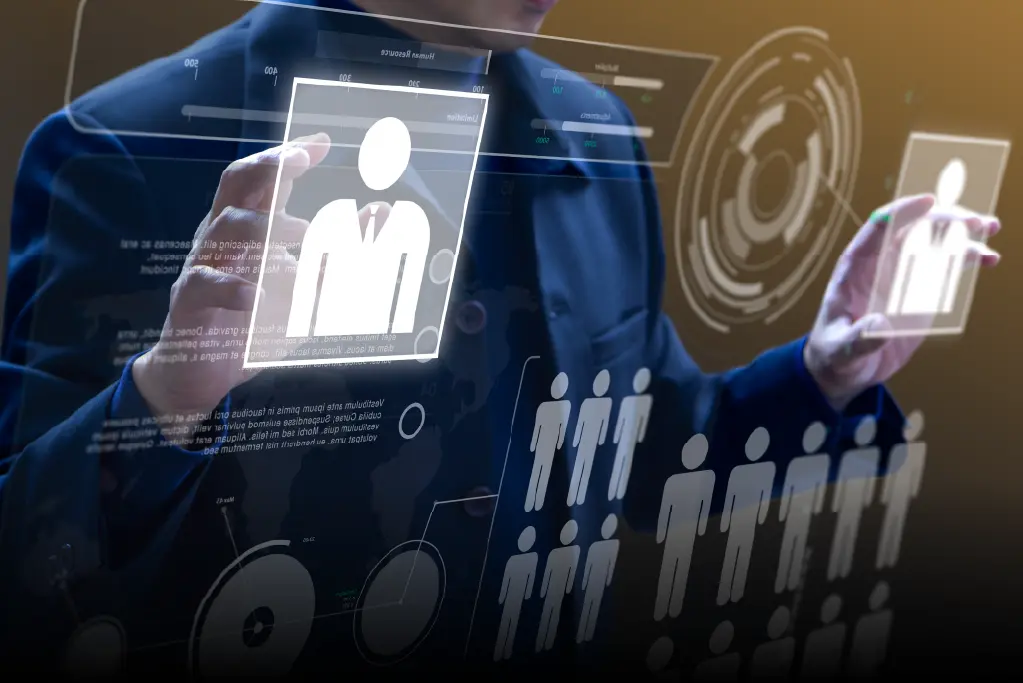It’s like hiring in 2025 is a never-ending race that just keeps going, doesn’t it? All businesses are after the same small pool of talented people and at the same time, they all want fast, good, and big. The real issue isn’t that there aren’t enough skilled people out there. It’s that most hiring systems are still stuck in the past, trying to solve today’s problems with yesterday’s tools.
This is where applicant tracking systems step up. They’re not just digital storage tools anymore. They run the entire hiring process from job posting to screening to managing interviews. They take care of the repetitive stuff so recruiters can focus on people, not paperwork.
PwC’s 2025 AI Jobs Barometer shows that companies using AI-based systems see almost four times more productivity and a 56 percent wage premium. Their Workforce Preference Study 2025 also shows that younger professionals expect transparency, speed, and a personal touch when applying.
This article dives into how applicant tracking systems are changing recruitment in 2025, making hiring faster, smarter, and driven by data instead of guesswork.
Core Functions of a Modern ATS Beyond Basic Tracking
Modern hiring isn’t about sorting resumes anymore. It’s a data sport, and the new-age applicant tracking systems are the ones setting the pace. Everything starts with reach. Instead of recruiters juggling multiple job boards, modern ATS platforms blast openings across social media, internal portals, and external sites in seconds. That’s how companies now source smarter without adding more people to the process. According to LinkedIn’s Future of Recruiting 2025 report, AI-driven sourcing and screening have become the top productivity boosters for recruiters worldwide.
But speed alone doesn’t win this game. The real conversion happens when candidates actually finish the application. That’s why companies are betting on branded, mobile-friendly career pages that feel natural to scroll, not painful to fill. Every click and microsecond counts because drop-offs kill good talent before they even hit the shortlist.
Then comes the real brain of the system, the screening engine. AI now reads resumes like a recruiter who never sleeps. It parses, matches, and ranks candidates using keyword logic and pattern recognition, filtering out noise so teams focus on people, not paperwork. The result isn’t just faster hiring but better fit, less bias, and a recruitment funnel that finally keeps up with business velocity.
In short, the new ATS isn’t a digital filing cabinet. It’s a strategy layer that turns hiring into a measurable, automated, and candidate-first experience that finally feels built for 2025, not 2015.
Transforming the Recruitment Funnel for Speed and Engagement
Hiring used to be a slow, clunky process filled with spreadsheets, emails, and follow-ups that went nowhere. Recruiters spent hours doing things that could have easily been automated. That part is finally changing. The new applicant tracking systems are taking over the repetitive stuff. Interview scheduling gets handled automatically. Background checks kick off on their own once a stage is cleared. Even offer letters get generated and sent without waiting for someone to manually draft them. What took a week before can now be done before lunch. Recruiters finally get to focus on people instead of paperwork.
But speed is only half the story. The bigger shift is in how these systems keep candidates engaged. A lot of good people used to fall out of the funnel simply because no one followed up. Modern ATS platforms now act more like relationship tools. They remember past candidates, track every message, and even send updates or check-ins automatically. So even if someone doesn’t get hired the first time, they stay in the loop for the next opening. That kind of connection used to take a lot of effort. Now it happens naturally in the background.
Deloitte’s 2025 Human Capital Trends report talks about this exact tension between work, workforce, and culture. It shows how technology has to support real engagement, not just efficiency. That’s what the new generation of ATS systems are doing. They don’t just push people through stages; they make sure every touchpoint feels human.
The impact is clear. Companies using automation the right way are hiring faster and keeping candidates more interested. The process feels smoother, and the experience feels respectful on both sides. In the end, this isn’t about replacing recruiters. It’s about freeing them up to do what machines can’t. Listening. Understanding. Connecting. That’s how hiring finally starts feeling human again, even when it’s powered by code.
Also Read: Employee Relations in the Modern Workplace: Building Trust, Engagement, and Organizational Success
Data-Driven Decisions and the Analytics Advantage

The real power of modern hiring isn’t just in automation. It’s in the data behind every decision. Recruiters today don’t have to guess what’s working or where the bottlenecks are. The new applicant tracking systems track everything in real time. Source of hire, cost per hire, time to fill, drop-off rates, every metric is right there on the dashboard. When those numbers start speaking, patterns appear. You can see which job boards actually deliver results, which roles take the longest to close, and where candidates lose interest halfway. That visibility changes how teams plan, budget, and act.
But analytics isn’t only about speed or efficiency. When hiring companies trust, fairness and the like are also involved. Compliance has come to be a standard feature integrated into the system rather than an afterthought. The most sophisticated ATS tools observe EEO and GDPR regulations as a matter of course, which means they guarantee that personal data is treated appropriately. Moreover, they facilitate companies to monitor diversity, equity, and inclusion metrics with no bias thereby collecting the right information. It is easier to establish teams with the required qualifications and diversity if the recruitment process is based on open data rather than gut feeling.
McKinsey’s HR Monitor 2025 adds a sharp perspective here. Their findings show that only around 56 percent of offers are accepted in many regions, and about 18 percent of new hires leave within probation. That kind of churn hits both morale and money. It is exactly why organizations are now using ATS analytics to monitor candidate quality and predict retention risk early. McKinsey’s State of AI report also notes a rise in companies using AI tools to make these workforce decisions smarter.
So the advantage isn’t just about faster hiring. It is about hiring that is measurable, fair, and repeatable. When decisions are driven by real numbers, not hunches, the entire process starts running on trust instead of chance.
The Future of ATS with Integration and Predictive AI in 2025

Recruitment is no longer a standalone process. It is becoming part of a much bigger digital ecosystem. The next generation of applicant tracking systems is being built to connect everything including HRIS platforms, payroll systems, assessment tools, and onboarding software. When all of these talk to each other, the entire hiring flow feels seamless. Recruiters can move from job posting to onboarding without switching between tools or losing data. That connection also helps leadership see the full picture, from hiring costs to performance outcomes, in one place.
Oracle’s 2025 HCM insights echo this shift. Their latest recommendations focus on AI agents, improved user experiences, and embedded skills modules inside HR systems. These upgrades are setting the tone for how ATS platforms evolve. They are moving beyond tracking to prediction.
The real leap forward is in predictive analytics. Firms are beginning to utilize information from past employees to predict the risk of turnover and pinpoint skill shortages ahead of time. The candidates are now screened immediately through the use of chatbots which are asking the right questions and filtering the suitable ones live.
This is where hiring gets truly intelligent. The ATS of 2025 is not just managing talent. It is learning from every interaction, predicting what comes next, and quietly shaping the workforce of the future.
End Note
The role of applicant tracking systems has completely changed over time. What was once just a digital storage tool for resumes is now running the show in modern recruitment. Companies aren’t guessing anymore. Automation has taken over a large portion of manual work, analytics are being used to discover trends and AI is letting the hiring managers know what sort of skills will be required next. The whole process of hiring is getting faster, more accurate and more human than ever.
The companies that will be able to identify, not just who applied, will be the real winners in hiring in 2025. It’ll be the ones that treat their ATS like a living system that thinks and acts with them. It’s not just a platform anymore. It’s the strategy, the competitive weapon that helps a company pull in the right people, keep them longer, and stay ahead in a market that never sits still.
